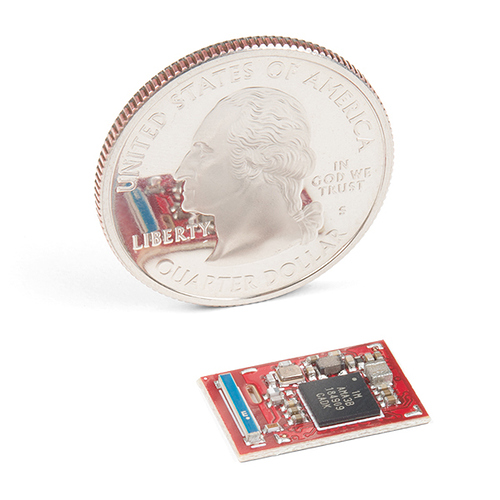This morning, the SparkX Team at SparkFun released the first open-source, OSHWA certified, embedded-systems module that allows users to integrate the TensorFlow machine-learning platform into any design. The team also released three carrier boards that already have the module: BlackBoard Artemis; BlackBoard Artemis Nano; and BlackBoard Artemis ATP.
To learn more about the project, the following resources will be helpful:
This type of project is interesting because it is the first module SparkFun has designed AND it is the first open-source module available on the market. “Our goal is to enable anyone to integrate low-power machine learning into their designs and projects without being locked into a specific toolchain,” said SparkFun founder and engineer, Nathan Seidle, “The Artemis module is the first product to bridge the gap between hobbyists and consumer products, providing a single module from prototype to production.”
Artemis Module Details
Beyond its small size (15.5 x 10.5mm including antenna), key features of the ultra-low-power Artemis module include:
What About the Three Carrier Boards?
The three carrier boards provide fairly familiar form factors and enable anyone to flex the capabilities of Artemis module. All three boards:
The SparkFun BlackBoard Artemis comes in the Uno footprint and is a good entry point for working with the Artemis module; the BlackBoard Artemis Nano is the smallest form factor of the three boards and offers great flexibility for smaller projects; and the Blackboard Artemis ATP (“all the pins”) breaks out all 48 GPIO of the module and allows users to leverage the full capabilities of the module.
Next Steps For This Project?
SparkFun is currently seeking FCC/CE approval for the Artemis module, which will be released as shielded modules and will be available in tape-and-reel quantities. The Engineering Version released today, allows users to get started as soon as possible. Once approved, having a module that is both FCC/CE certified and OSHWA certified is most definitely a first.
Why are we sharing this project with the OSHWA community?
Typically, embedded modules are not open source and they lock users into a particular toolchain. Additionally, the gap between prototype and production is clunky at best. We hope the OSHWA community will 1) use the module and/or the boards with the module to create awesome projects and products and 2) share the module with others.
Please let us know if you have comments or questions.

